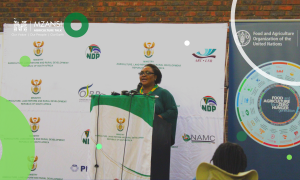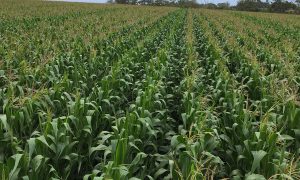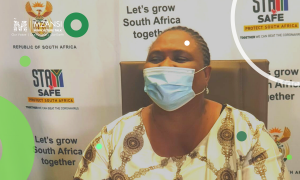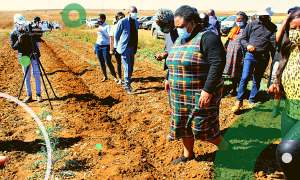South Africans have so far experienced almost five months of no loadshedding as electricity generation continues to improve. Stable electricity supply means uninterrupted operations and reduced costs of running diesel generators for poultry businesses, piggeries, abattoirs, and other intensive production systems.
Senior Agricultural Economist at FNB Commercial Paul Makube says further positive development is that fuel costs have eased recently and the outlook for international crude oil prices remains on the downside and currently hovering around US$80/ barrel. Prices of diesel declined in August 2024 with the 0.05% and 0.005% sulphur grades cut by 28 and 27 cents/ litre respectively relative to the previous month.
“The 15 cents/ litre decrease in the price of the two grades of petrol (ULP & LRP) will go a long way in reducing transport costs thus providing the much-needed relief for the consumer.
“Diesel is a critical input in farming operations such as planting, harvesting, and distribution of fresh produce, livestock, and animal products to and from markets across the country. Stable to lower energy costs help cushion livestock farmers in terms of reducing margin pressure in an elevated raw feed input price environment,” explains Makube.
He said the price of yellow maize has already surpassed R4,100/t recently while white surged to above R5,300/t in recent trades.
This, he says, has forced processors and feed manufactures to look for alternative cheaper supplies such as imports from Argentina for the coastal areas.
Meanwhile, headline PPI steadied at 4.6% y/y in June 2024 and eased by -0.3% m/m from 0.1% m/m in May.
“For agriculture, the annual PPI jumped by 0.5ppt from May to 10.5% y/y in June 2024 and was monthly up by 1.3% m/m after falling by 1.3% m/m in May. The PPI for live animals however fell by -1% m/m but accelerated faster by 1.9ppt to 13.4% y/y.”
Early rebound in livestock prices as winter draws closer to its end
Makube says their analysis of trends on the domestic market shows gains across most categories with contract class A beef surprising strongly on the upside.
“Average class A beef prices for the first two weeks of August jumped 7.8% (+R4.03/kg) y/y at R55.39/kg. However, class C beef dropped by 7.5% (-R3.52/kg) y/y at R43.42/kg. The weaner market also saw a seasonal decline in prices after reaching a low of R30/kg live weight (LW) during the current winter period. The average for August so far is R32.21/kg LW which is 6.5% (-R2.26/kg/LW) below last year,” he said.
On the chicken side, Makube explains that the general trend is downwards with frozen whole bird prices decreasing by 2.2% (-R0.77/kg) y/y at R34.91/kg while the individually quick frozen (IQF) category posted the biggest drop of 9.3% (-R3.02/kg) y/y at R29.54/kg.
He said persistent freezing weather conditions continued to curtail demand. On the feeding side, the El Nino-induced harvest contraction helped maintain grain prices at higher levels thus margin pressure for chicken operation.
Pork posted a modest rebound so far in August with average prices for the first two weeks showing an increase of 4.5% (+R1.36/kg) at R31.77/kg for porkers, while baconers jumped 2.5% (+R0.77/kg) at R31.21/kg.
Signs of moderation in maize prices for the year ahead is good news for livestock feeders
The senior economist says although near term YMAZ futures remain elevated above R4,000/t in recent trades, the price outlook for the year ahead shows a decline with the Jul-25 YMAZ falling to R3,970/ ton.
He highlighted that this indicates a potential decline in feed prices should YMAZ sustain this trend.
“The return of the La Nina weather pattern will encourage farmers to increase production thus replenishing domestic maize supplies in 2025 thus posing downside risk for prices.”




















